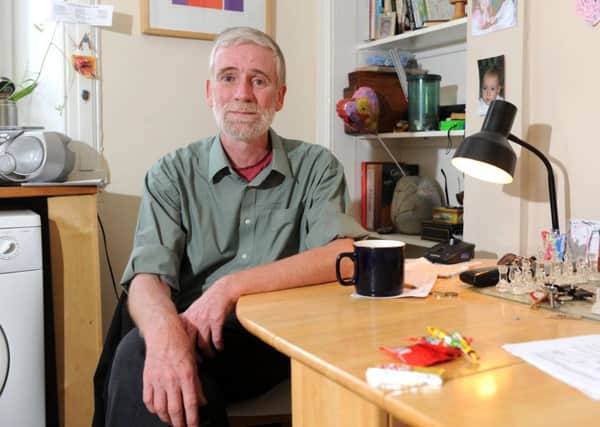Families sue over Edinburgh Legionnaires’ outbreak


Lawyers acting on their behalf have lodged claims against pharmaceutical company Macfarlan Smith and North British Distillery.
NHS Lothian has published its final report into the May 2012 incident, stating that it is likely to have come from an industrial complex containing wet cooling towers.
Advertisement
Hide AdAdvertisement
Hide AdA total of 56 confirmed cases of Legionnaires’ disease and 36 probable and possible cases were linked to the situation.
The confirmed cases included Bert Air, Sean Ferguson, John Lonnie and Sylvia Riddell, who died after contracting the disease.
The report states: “Although the incident management team could not establish the specific source of the organism, it has concluded that the most likely source of this aerosol release was an industrial complex containing wet cooling towers in the north-east of the affected area.”
The Crown Office has previously said that there is insufficient evidence to prosecute any person or organisation for the deaths as it has not been possible to identify the precise source.
Lawyers for some of the families affected have lodged civil cases against North British Distillery and Macfarlan Smith – whose sites were among several to be tested by scientists.
Specialist law firm Irwin Mitchell Scotland said it had lodged cases on behalf of 30 victims of the outbreak.
Elaine Russell, a lawyer at the firm, said: “While it is important that the response from NHS Lothian is acknowledged, we are still pushing the authorities for answers about what caused the outbreak and have repeatedly called for more information to be shared with the victims but our requests have been met with a wall of silence for years.
“Three years ago several people lost their lives and almost 100 suffered from Legionnaires’ disease, yet the authorities seem no closer to identifying the source of the outbreak.”
Advertisement
Hide AdAdvertisement
Hide AdThe NHS Lothian report concluded the outbreak was caused by an “aerosol release” of the organism over a defined area in the south-west of the city, which probably started on around May 23 and ended on May 30.
It said that the north-easterly wind direction and high population density of the area probably contributed to the clustering of cases, facilitating early identification of the outbreak and identification and prompt disinfection of possible sources of the aerosol.
The outbreak had a “considerable impact” on NHS services during June 2012, with more than 1,000 patients investigated and treated in primary care.
The report praised the way the outbreak was dealt with, saying: “Any Legionnaires’ disease outbreak has the potential to cause public concern or even alarm.
“The most important lesson from this outbreak was the speed and skill with which the different professionals from partner agencies and NHS Lothian investigated the outbreak and the potential environmental sources.”
It has highlighted a number of areas for improvement, including the revision of Scottish national Legionella outbreak response guidance and additional training and exercising of joint agency plans.
Professor Alison McCallum, director of public health and health policy at NHS Lothian, said: “I would once again express my sincere condolences to the families of those who died during this outbreak and the patients affected.
“The review of outbreak management and the subsequent public health research has provided valuable information in enhancing the existing knowledge on Legionella outbreaks and control.”